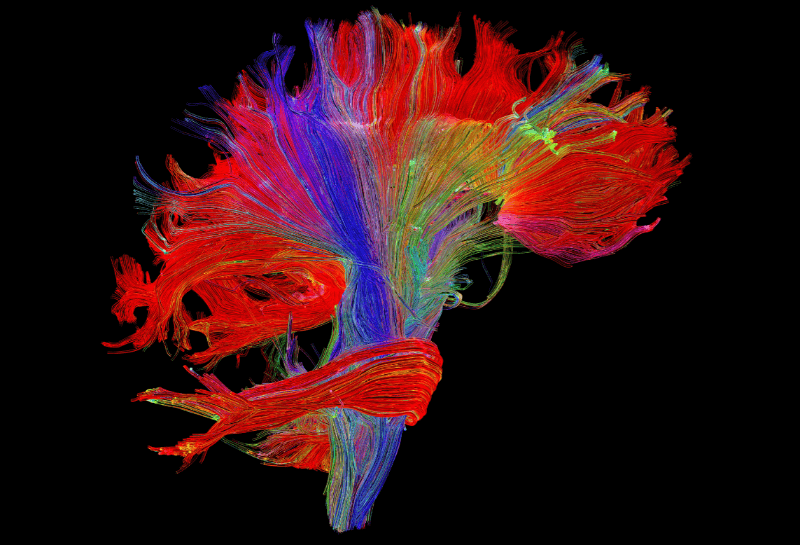
Menu

Art has the power to evoke deep emotions, and science is now explaining why. Neuroaesthetics, a field that studies how the brain perceives art, reveals that certain colors, shapes, and patterns can trigger specific emotional and physiological responses. When we look at a painting, our brain activates areas linked to pleasure, memory, and even empathy. This explains why some artworks feel calming, while others stir excitement or nostalgia.
Studies show that viewing aesthetically pleasing art releases dopamine, the “feel-good” chemical, similar to experiencing love or listening to music. Warm colors like red and yellow can energize us, while cool blues and greens create a sense of calm. Abstract art, on the other hand, stimulates the brain’s problem-solving areas, encouraging deeper reflection.
Museums, hospitals, and workplaces are now using art strategically to reduce stress and enhance well-being. Some therapists even use art to treat anxiety and depression, proving its psychological benefits. As research in neuroaesthetics expands, artists can use this knowledge to create works that not only express emotions but also influence the viewer’s mental state.



